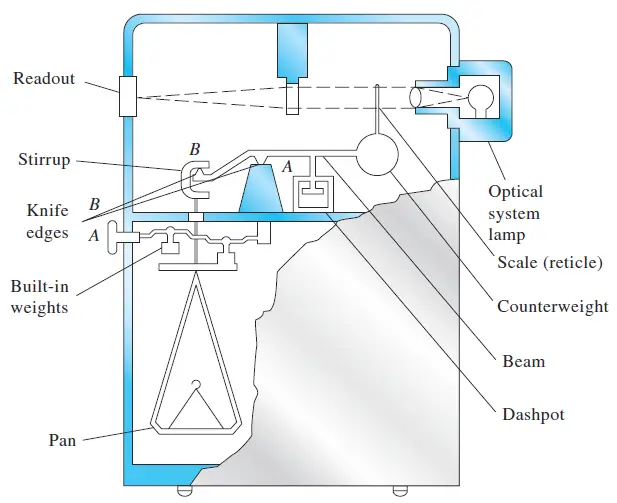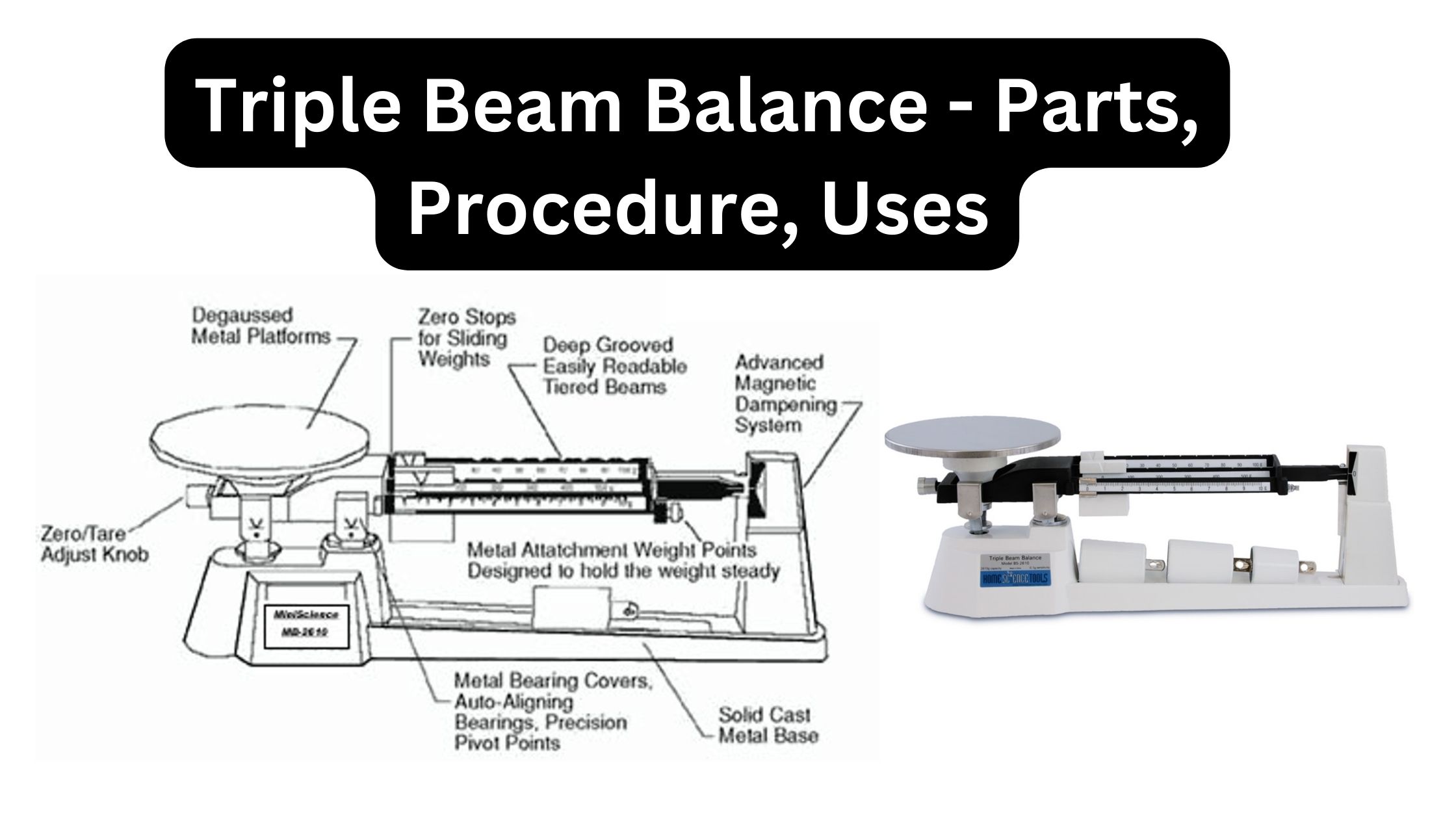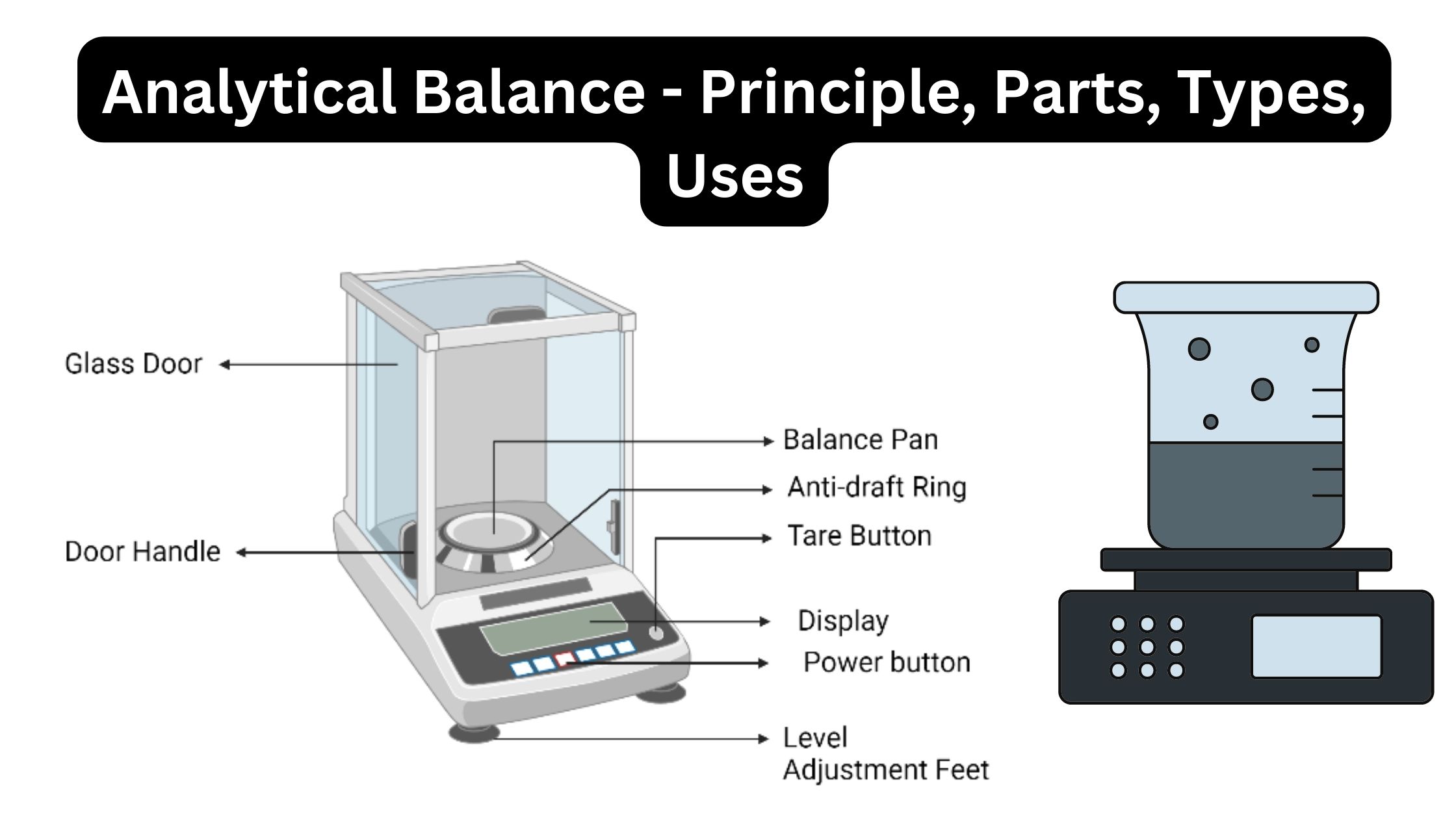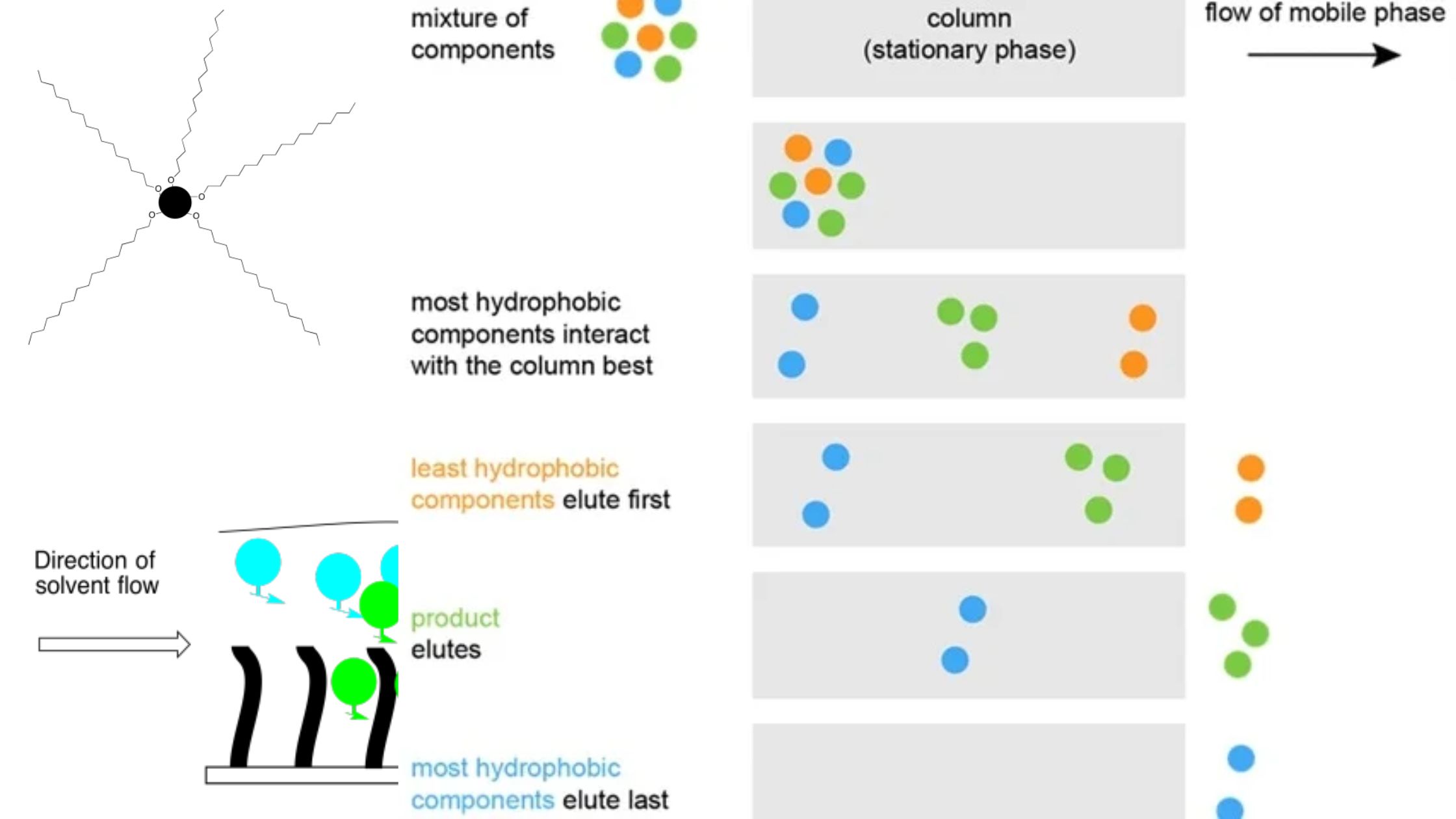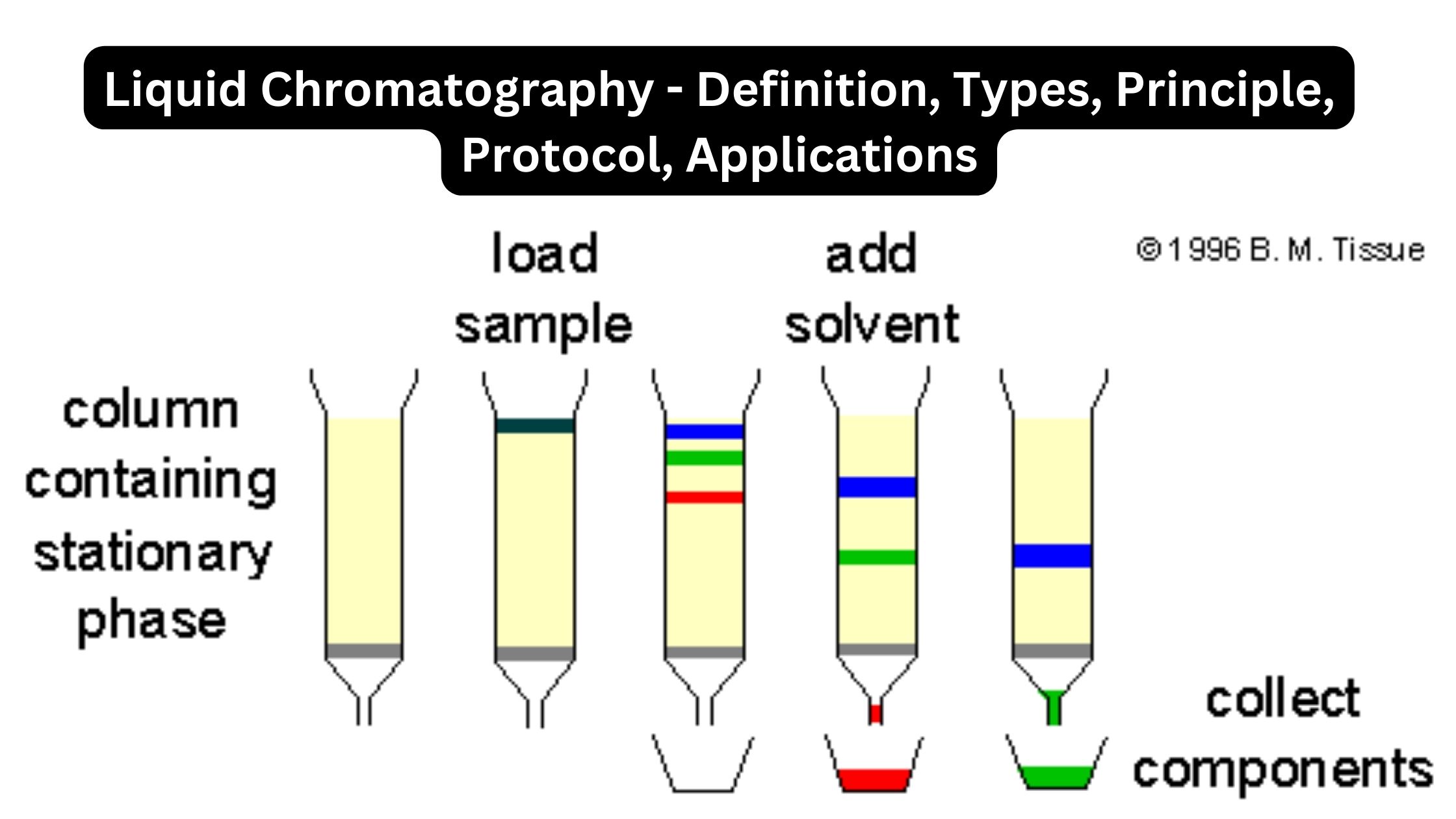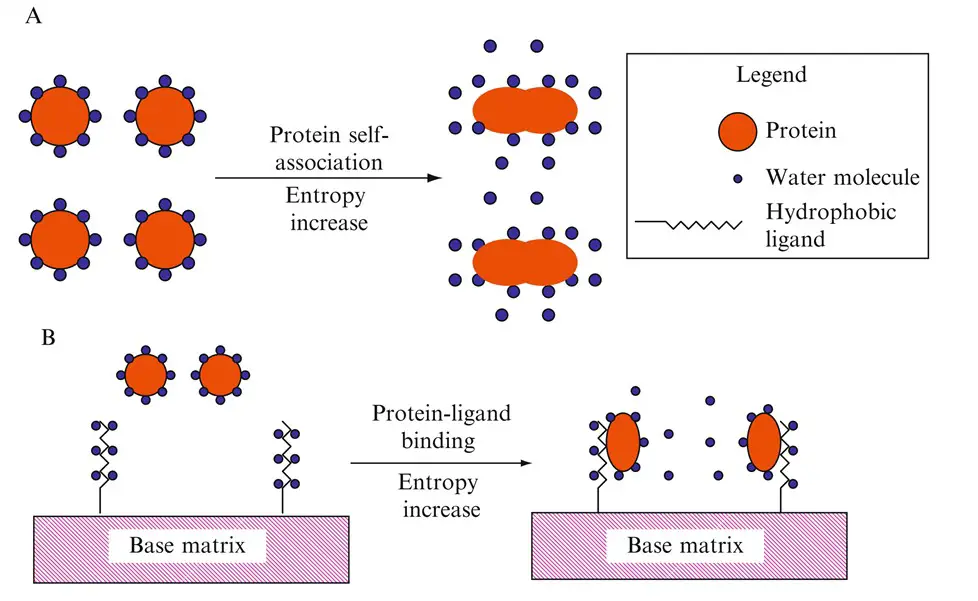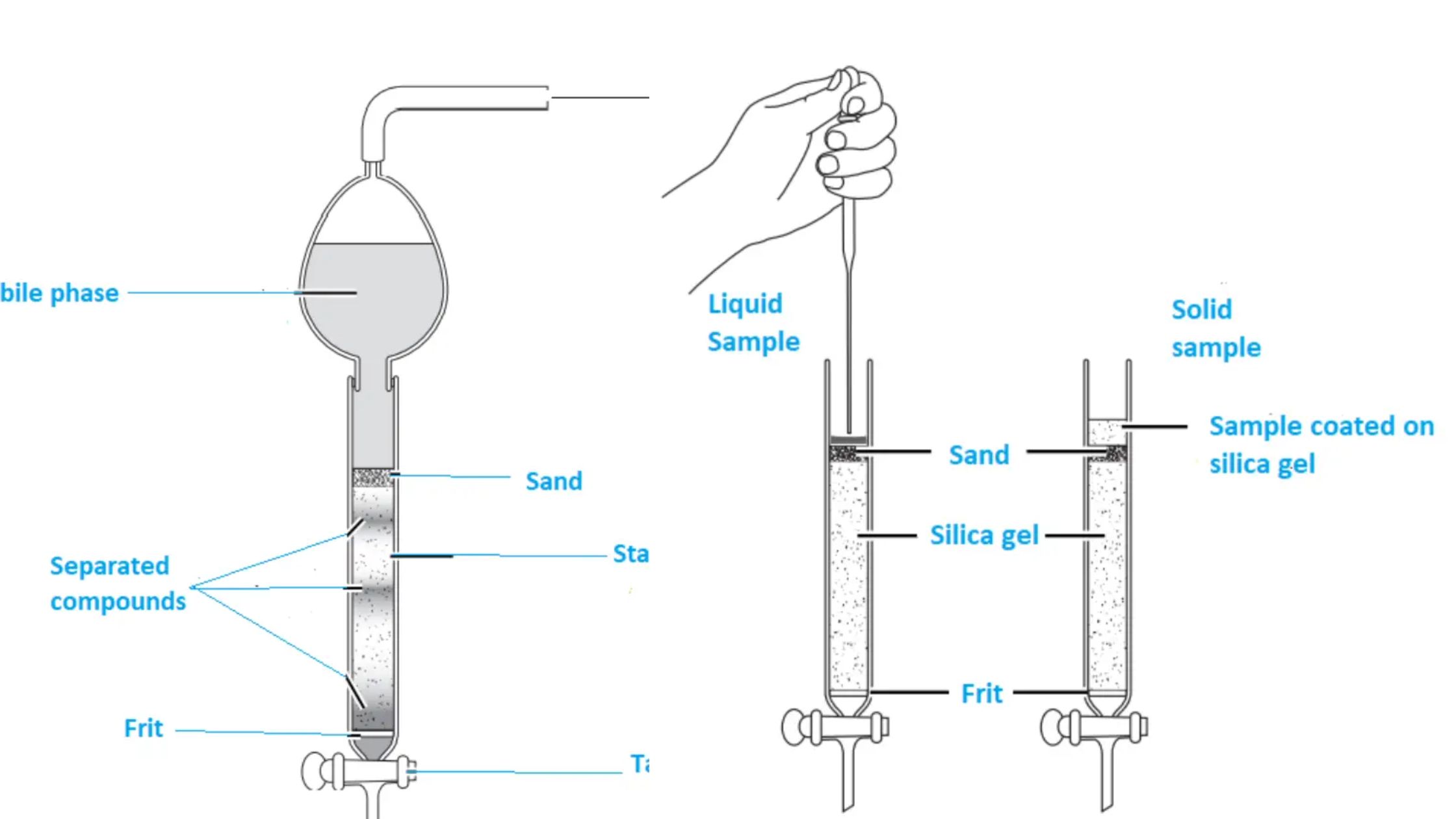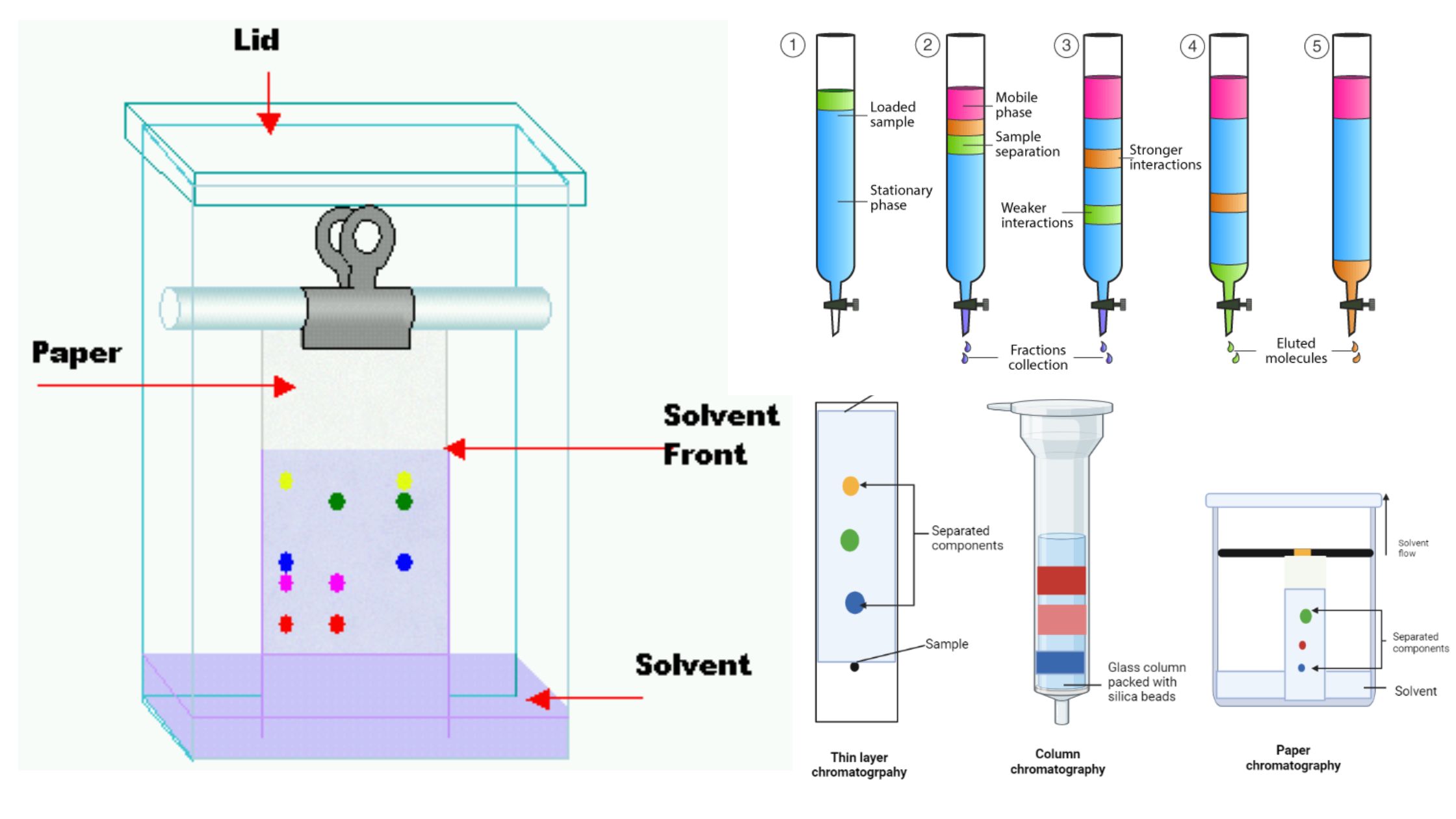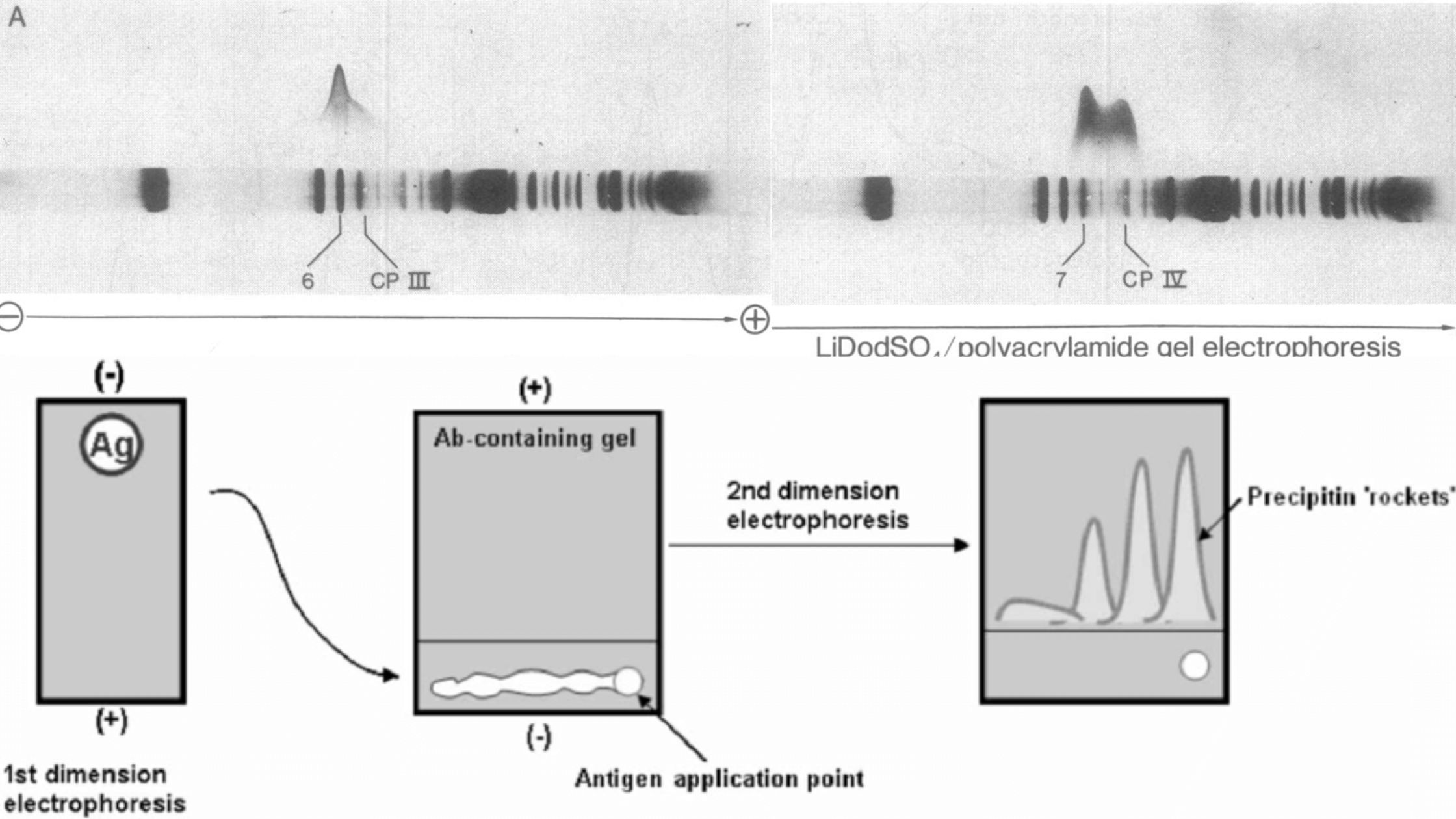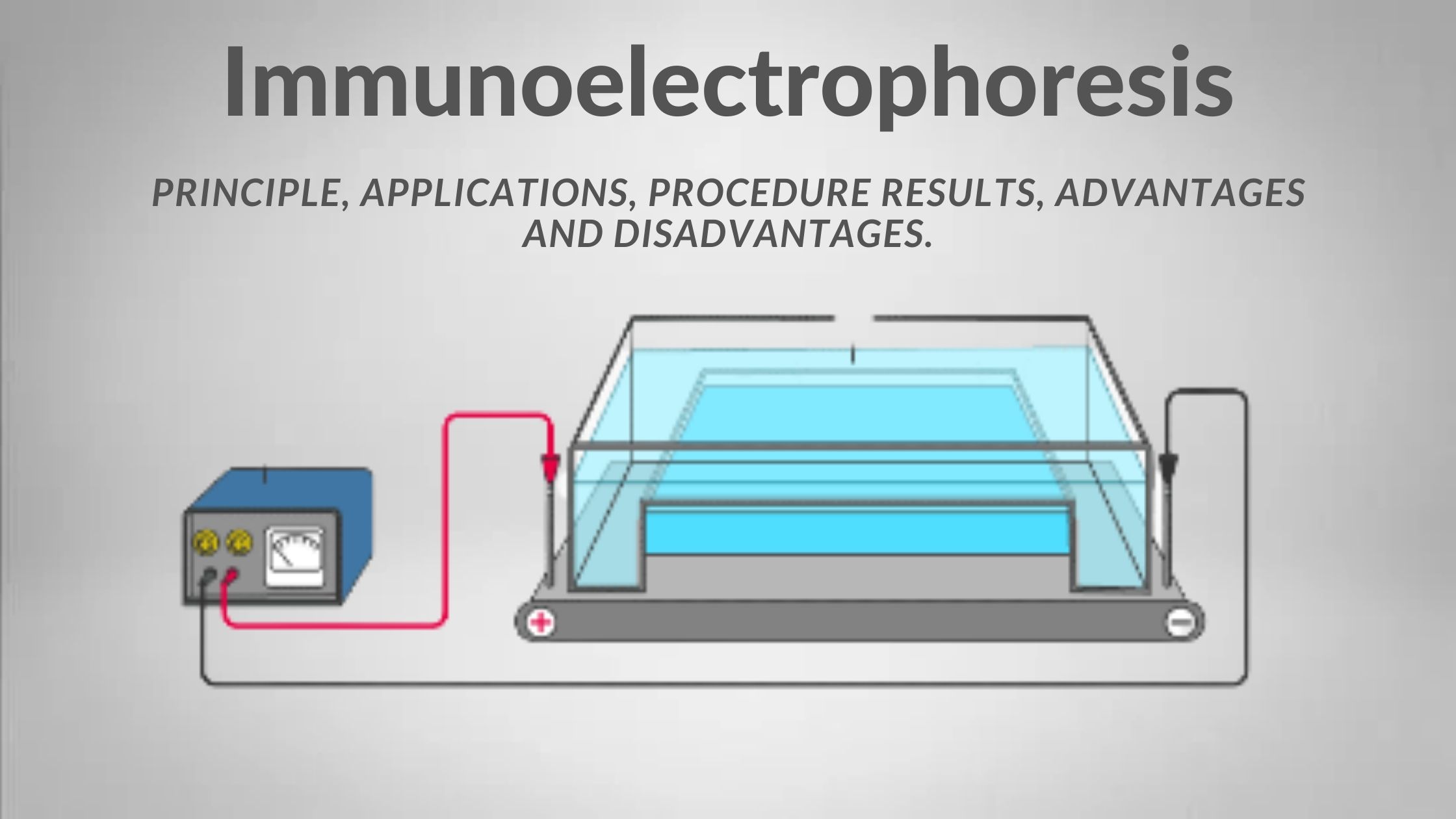Single Pan or Unequal Arm Mechanical Balance
What is Single Pan or Unequal Arm Mechanical Balance? Parts of Single Pan/Unequal Arm Mechanical Balance Principle of Single Pan/Unequal Arm Mechanical Balance Operating Procedure of Single Pan/Unequal Arm Mechanical Balance Factors that affect readings on Single Pan/Unequal Arm Mechanical Balance 1. Air Currents– Movement of air around the balance cause pointer fluctuation, it affect … Read more
